Posts on the Topic Consumer

The Definition and Importance of Packaging in Marketing
Understanding Packaging Definition in Marketing When we consider the packaging definition within a marketing context, we refer to the process of desig...
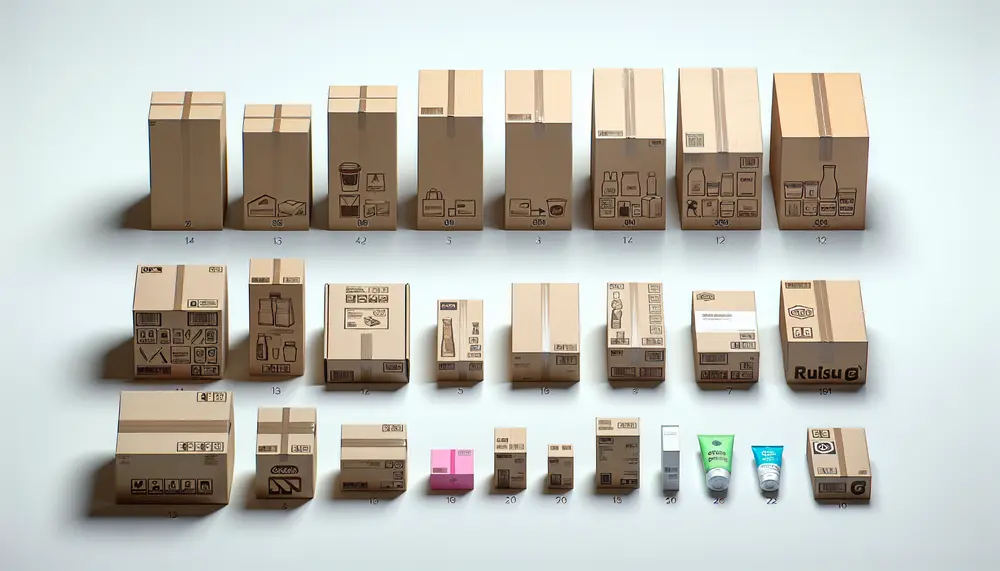
From Concept to Consumer: The Journey of Product Packaging
Understanding the Importance of Product Packaging Product packaging serves as more than just a container for goods. It is a critical element in the c...
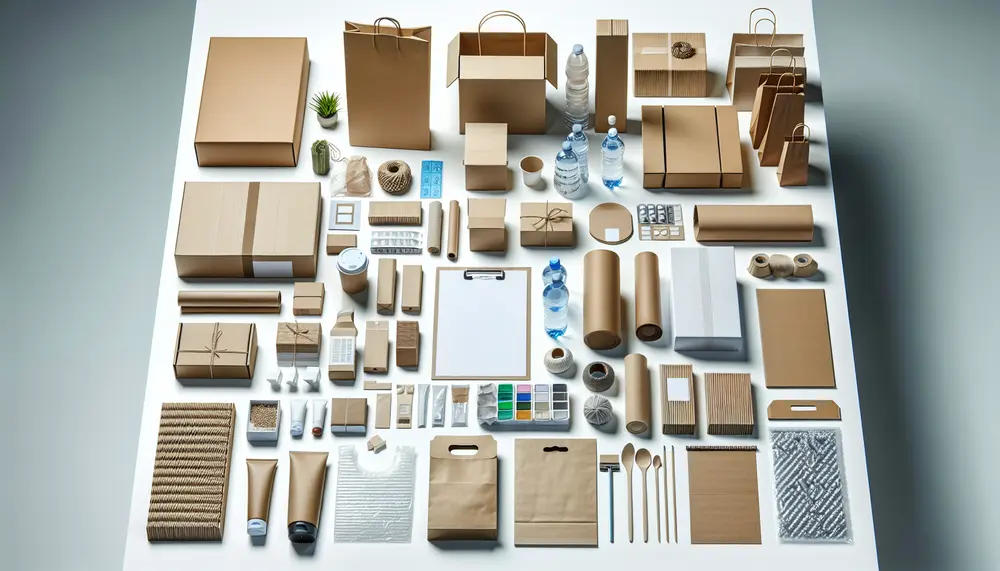
Innovative Solutions from Packaging Corporation of America
Introduction to Packaging Corporation of America's Innovative Solutions In today’s dynamic market, the Packaging Corporation of America (PCA) stands...
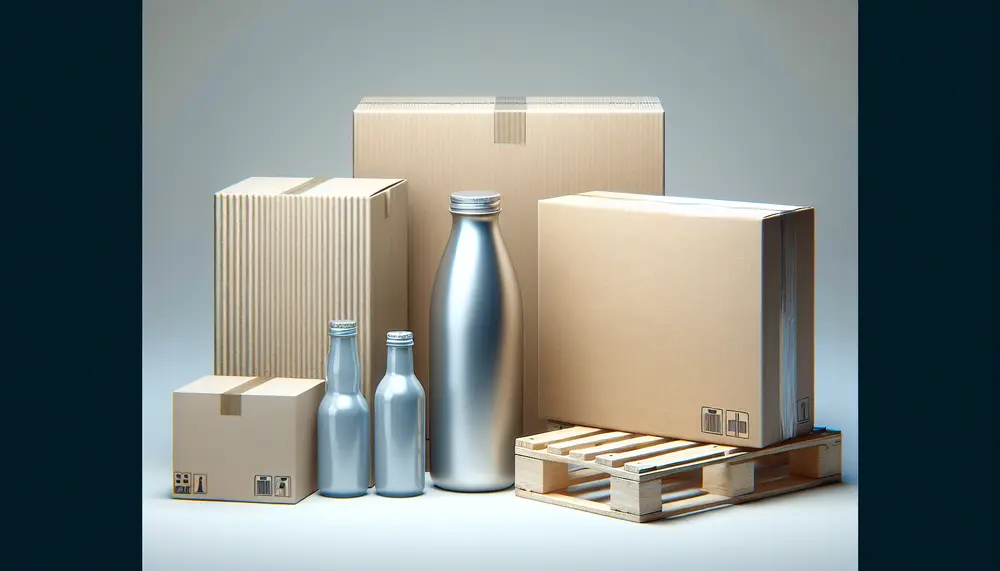
The Different Levels of Packaging: Exploring Primary, Secondary, and Tertiary
Understanding Packaging Levels: An Overview When we talk about packaging levels, we're referring to the layers of packaging that protect and present a...
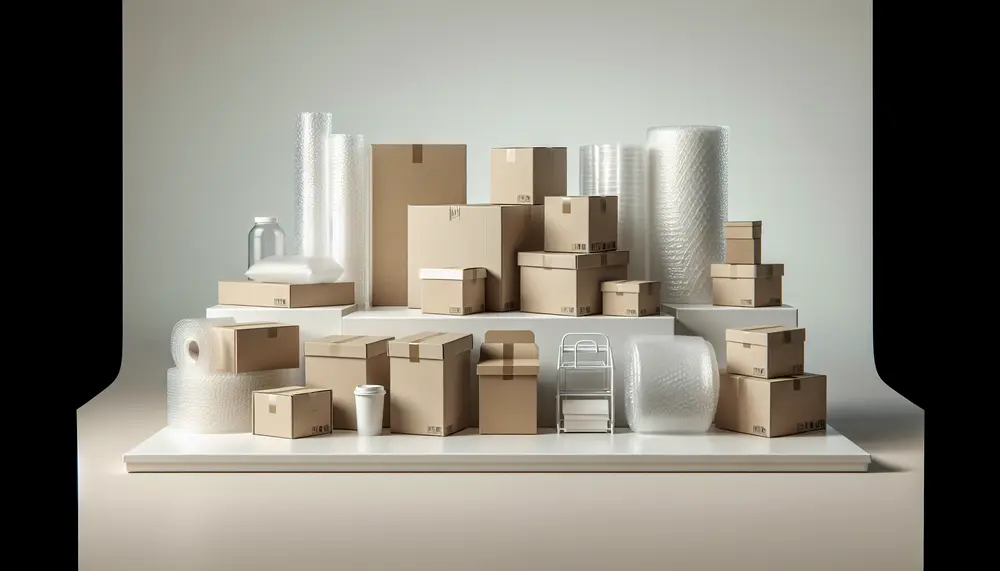
Unveiling the Mysteries of Packaging: Frequently Asked Questions
Understanding the Basics of Packaging At its core, packaging serves a dual function—it not only protects products as they move from the manufacturer...

The Latest Packaging Innovations: Staying Ahead of the Curve
Understanding the Importance of Packaging Innovations The realm of packaging innovations stands as a testament to the dynamic and ever-evolving natur...

Indulge in Luxury: The Art of Chocolate Packaging
The Importance of Chocolate Packaging DesignThe artistry of packaging of chocolate goes beyond mere aesthetics. It serves as a silent ambassador to th...

Exploring the Role of Packaging and Stationery Distributors
Understanding the Importance of Packaging and Stationery Distributors The success of any product in the market is significantly influenced by ho...
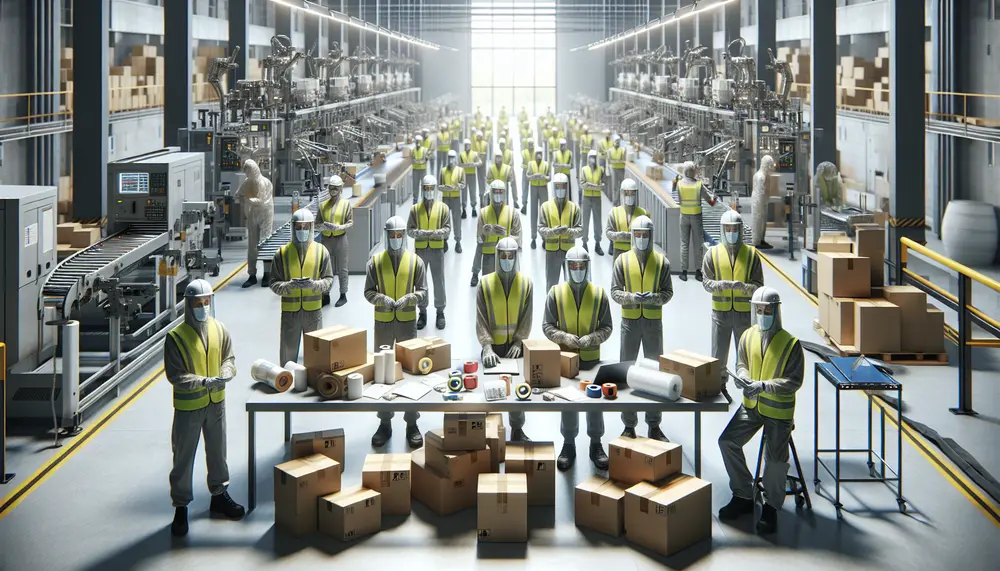
Discover Your Passion: Unlocking the Opportunities in Packaging Jobs
Understanding the Packaging Industry Landscape The packaging industry is a complex and dynamic field that's constantly evolving with technology, consu...
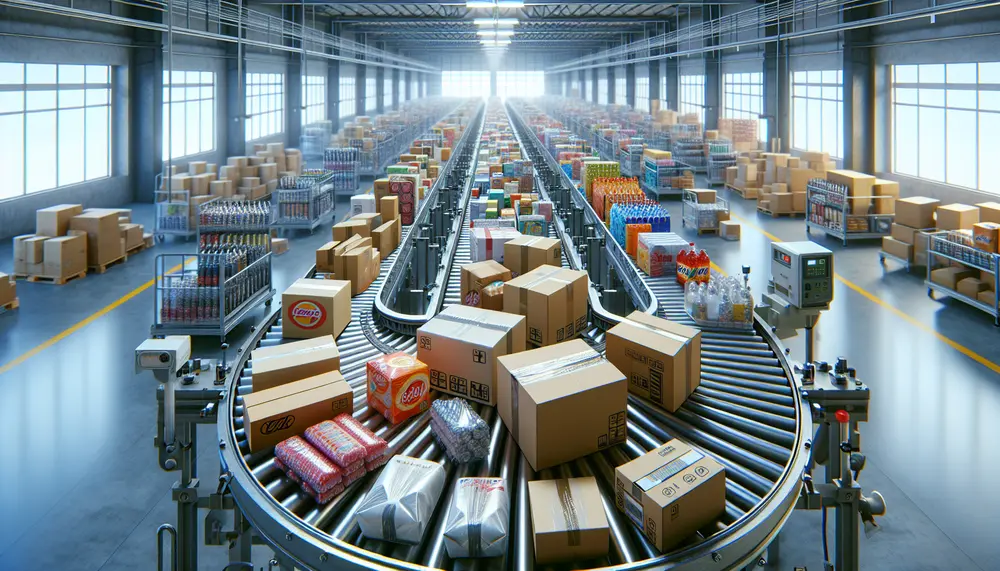
Kenya's Packaging Industry: Opportunities and Challenges
Understanding Kenya's Packaging Market Landscape The Kenyan packaging industry has experienced a steady climb in valuation, with estimates placing its...
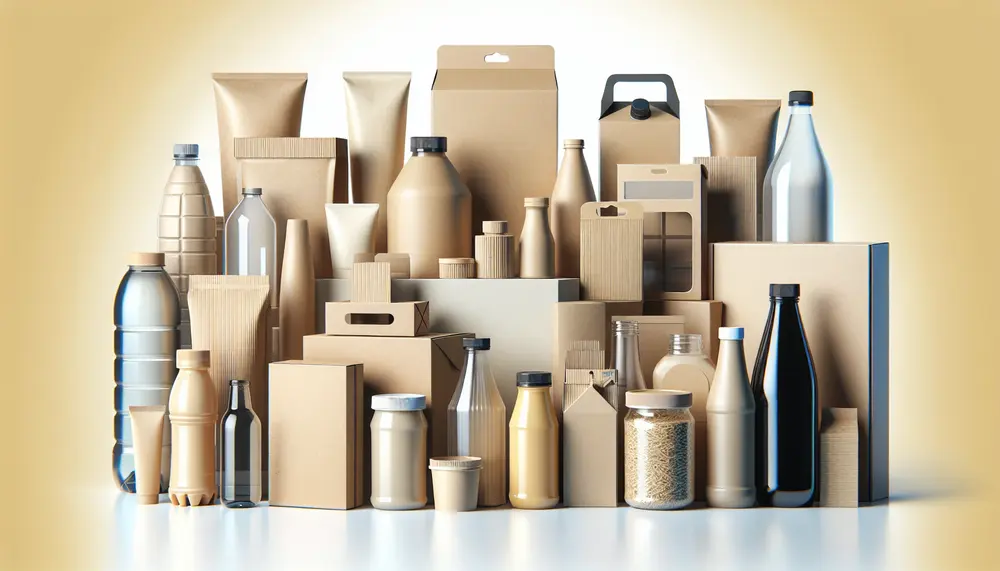
Beyond Protection: Exploring the Purpose of Packaging Design
Understanding the Multifaceted Role of Packaging Design When we think about what is the purpose of packaging design, we often consider its primary fun...
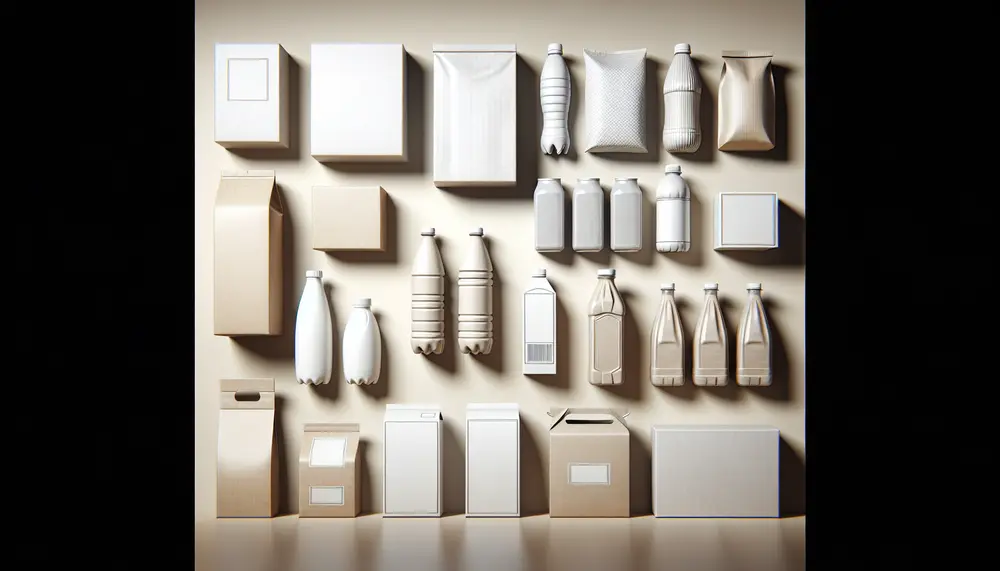
Inspiration in Design: Exploring Captivating Branding and Packaging Examples
Understanding the Impact of Branding and Packaging on Consumer Perception First impressions are pivotal in shaping consumer perception, and often, tha...
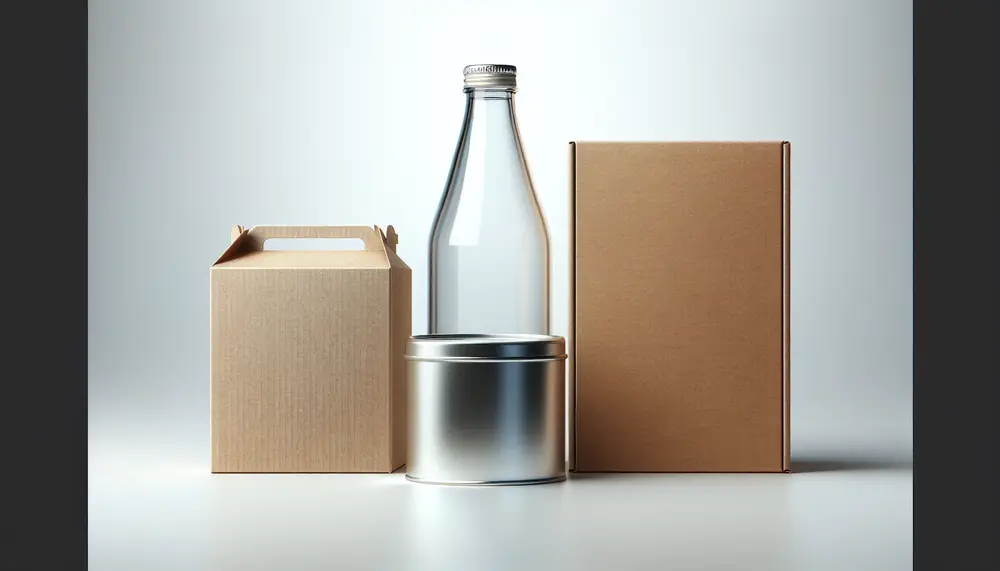
Design Dynamics: Crafting Aesthetic and Functional Packaging
Understanding the Basics of Design in Packaging At the core of packaging design lies the essential blend of form and function. It is not just about m...

Design Decoded: Mastering Layout in Packaging
Understanding the Basics of Packaging Layout Effective packaging layout is the foundation upon which strong visual communication is built. At its core...
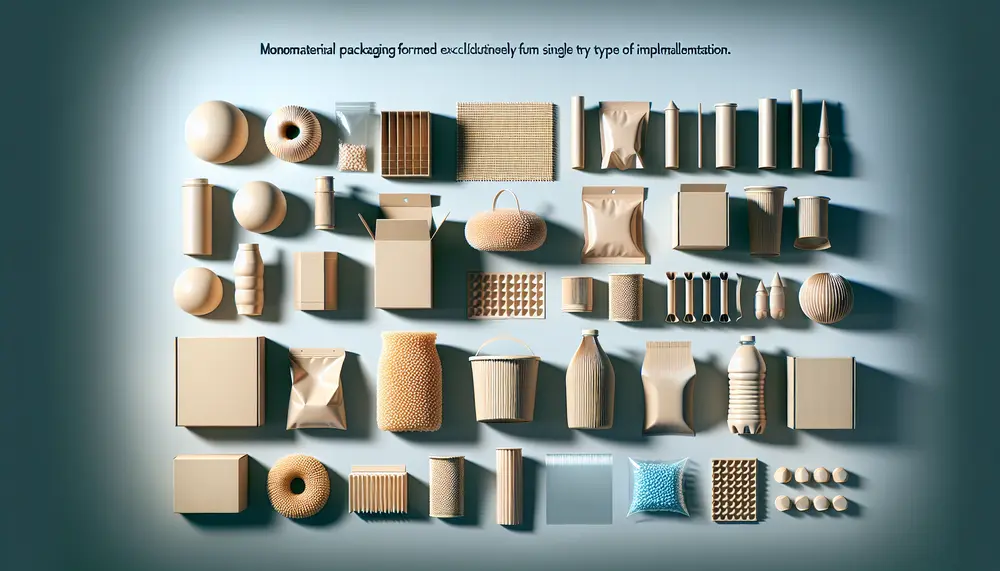
Mono Material Magic: Simplifying Packaging with Single-Substance Solutions
Understanding Monomaterial Packaging In the realm of packaging, the term monomaterial is becoming increasingly important, yet many people may not full...

Cup Revolution: The Rise of Reusable Cups
Introduction to the Reusable Cup Movement The global shift towards sustainability has seen various movements rise to the forefront of environmental co...
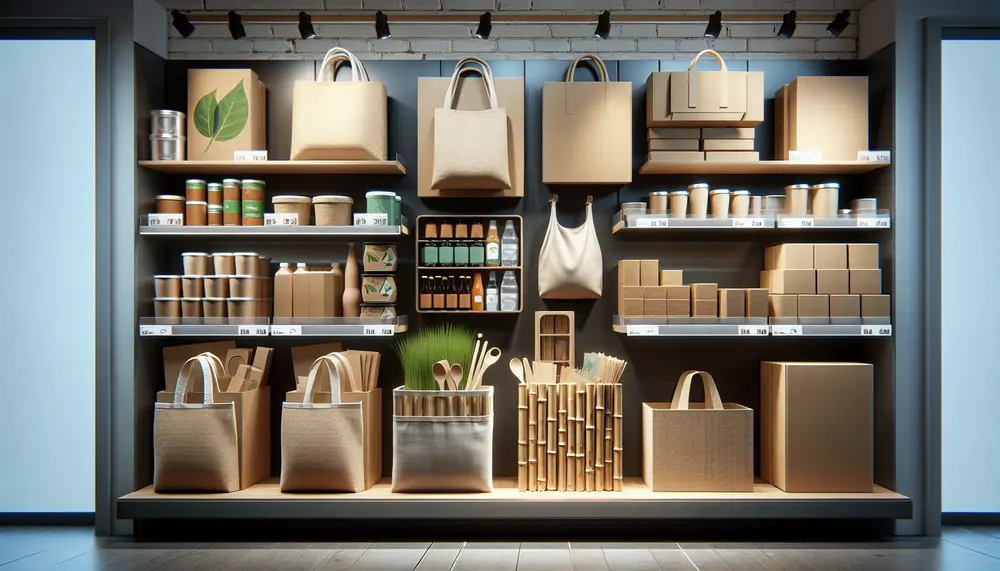
Retail Revolution: Next-Generation Packaging for Stores
Understanding the Retail Packaging Revolution The landscape of retail packaging is evolving at an unprecedented pace. This transformation is fueled b...
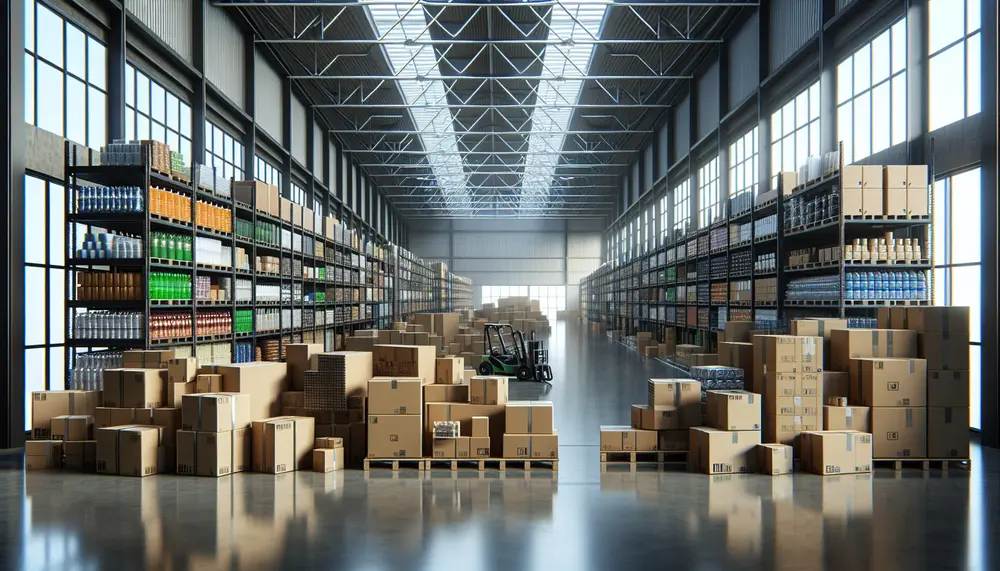
Packaging Giants: Inside the World’s Largest Packaging Producers
Understanding the World of Packaging Giants Welcome to the fascinating world of packaging giants. These colossal entities are much more than just comp...
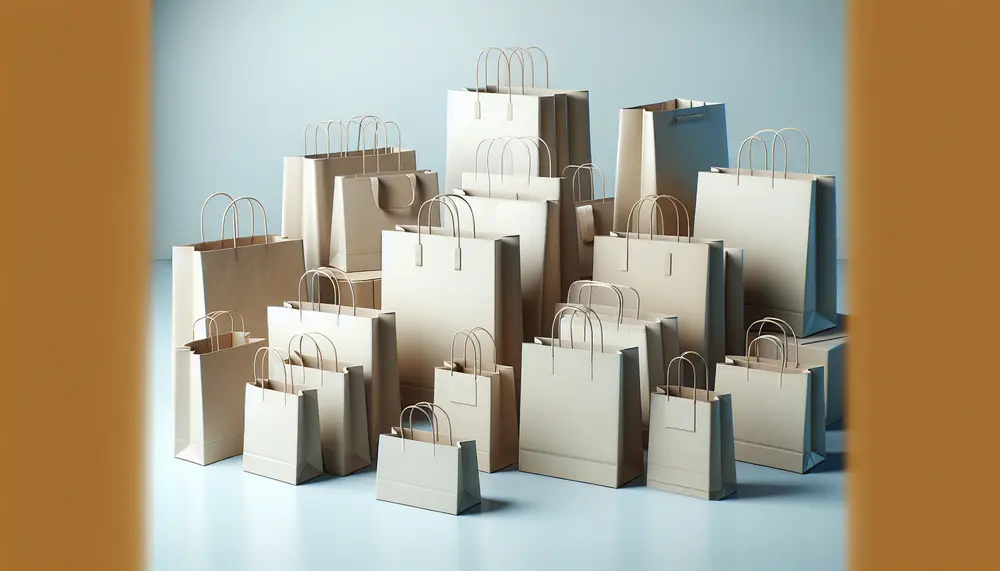
Carry in Style: The Renaissance of Paper Carry Bags
The Rise of Paper Carry Bags in Modern Retail In recent years, we've witnessed a remarkable comeback of paper carry bags in the retail sector. Once ov...
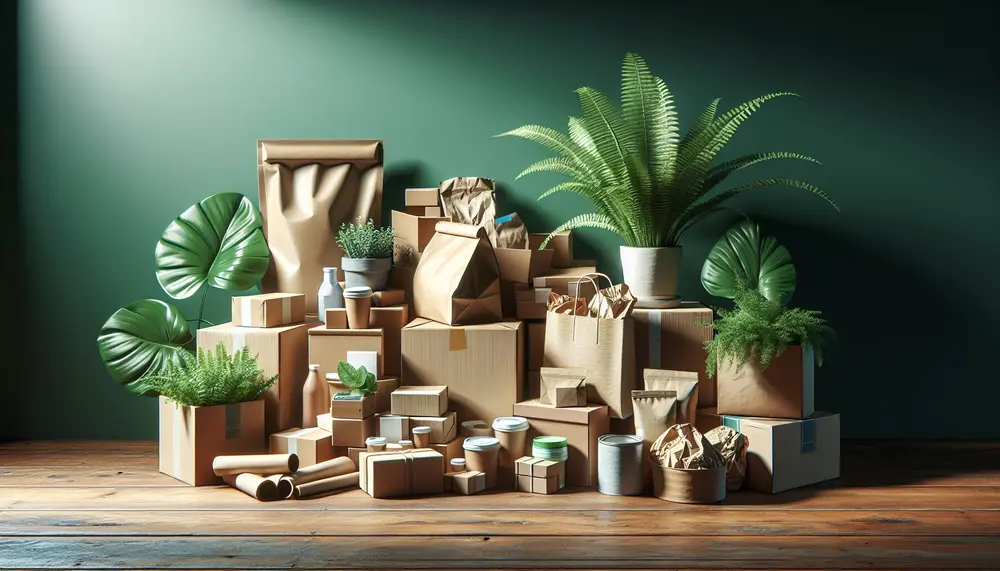
Sustainable Packaging: The New Standard in Eco-Friendly Solutions
Understanding Sustainable Packaging and Its Importance Welcome to the discussion on sustainable packaging, a concept that is redefining the packaging ...

Exploring Different Types of Flexible or Soft Packaging Materials
Understanding Flexible and Soft Packaging Materials When we talk about flexible and soft packaging materials, we're referring to a broad category of ...
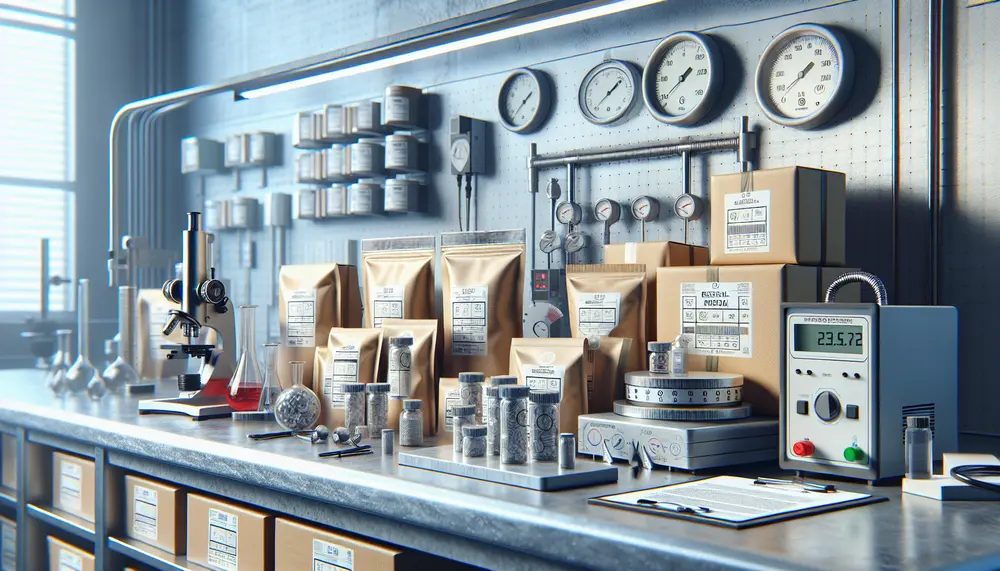
Ensuring Quality and Compliance: The Importance of Packaging Validation
Understanding Packaging Validation and Its Significance Packaging validation is a critical procedure that involves the thorough testing and evaluatio...
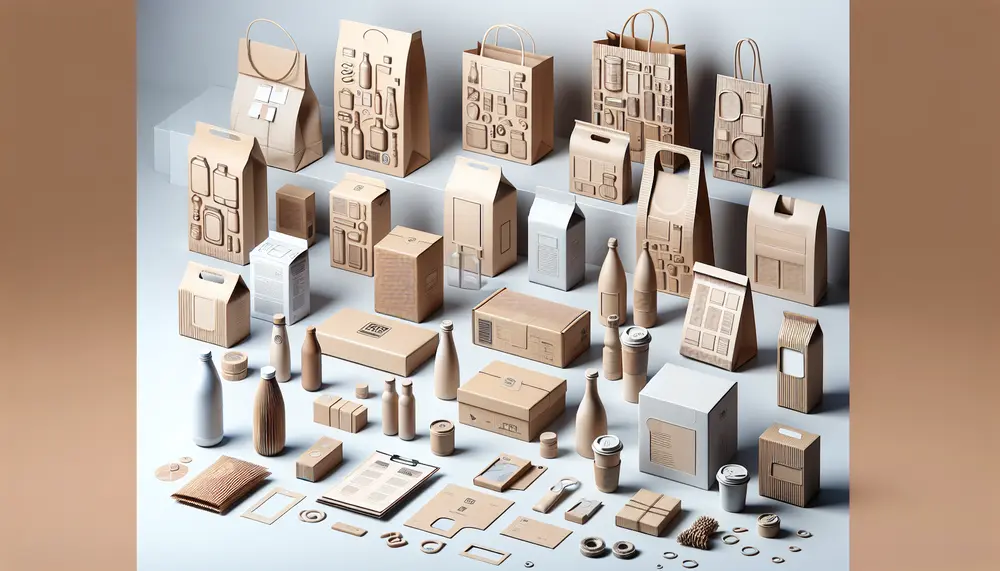
The Fusion of Packaging Research and Design
Understanding the Importance of Packaging Research and Design The realm of packaging extends far beyond mere aesthetics and functionality. It is an i...
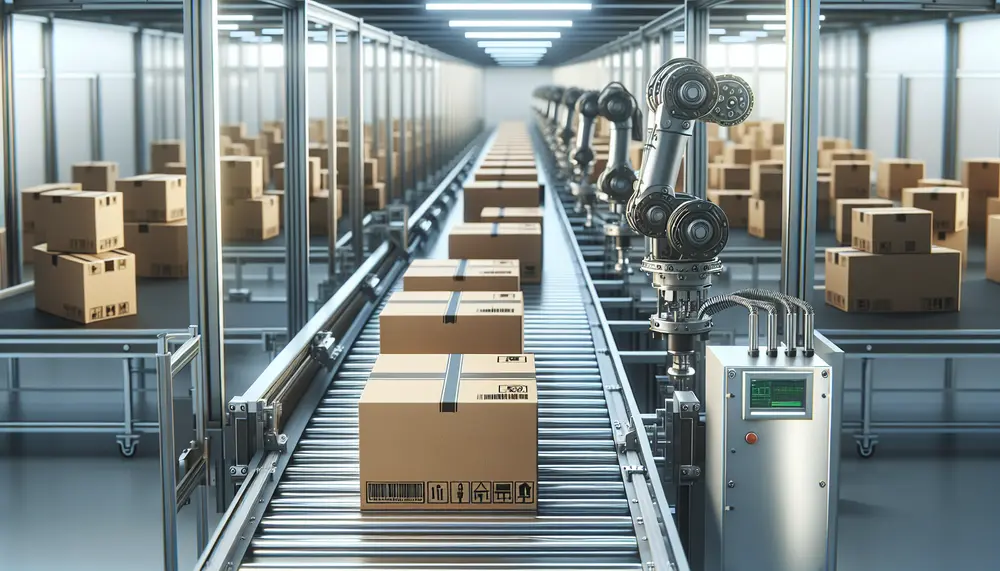
Optimizing the Value Chain in the Packaging Industry
Understanding the Value Chain in the Packaging IndustryThe concept of the value chain refers to the full range of activities that businesses undertake...
Top 10 posts with this tag

Ensuring Quality and Compliance: The Importance of Packaging Validation
Understanding Packaging Validation and Its Significance Packaging validation is a critical procedure that involves the thorough testing and evaluation of packaging...

Optimizing the Value Chain in the Packaging Industry
Understanding the Value Chain in the Packaging IndustryThe concept of the value chain refers to the full range of activities...

Kenya's Packaging Industry: Opportunities and Challenges
Understanding Kenya's Packaging Market Landscape The Kenyan packaging industry has experienced a steady climb in valuation, with estimates placing its worth...

Exploring Different Types of Flexible or Soft Packaging Materials
Understanding Flexible and Soft Packaging Materials When we talk about flexible and soft packaging materials, we're referring to a broad category...

Carry in Style: The Renaissance of Paper Carry Bags
The Rise of Paper Carry Bags in Modern Retail In recent years, we've witnessed a remarkable comeback of paper carry bags...

Sustainable Packaging: The New Standard in Eco-Friendly Solutions
Understanding Sustainable Packaging and Its Importance Welcome to the discussion on sustainable packaging, a concept that is redefining the packaging industry...

Inspiration in Design: Exploring Captivating Branding and Packaging Examples
Understanding the Impact of Branding and Packaging on Consumer Perception First impressions are pivotal in shaping consumer perception, and often, that...

Cup Revolution: The Rise of Reusable Cups
Introduction to the Reusable Cup Movement The global shift towards sustainability has seen various movements rise to the forefront of environmental...

Packaging Giants: Inside the World’s Largest Packaging Producers
Understanding the World of Packaging Giants Welcome to the fascinating world of packaging giants. These colossal entities are much more than...

Beyond Protection: Exploring the Purpose of Packaging Design
Understanding the Multifaceted Role of Packaging Design When we think about what is the purpose of packaging design, we often consider...
